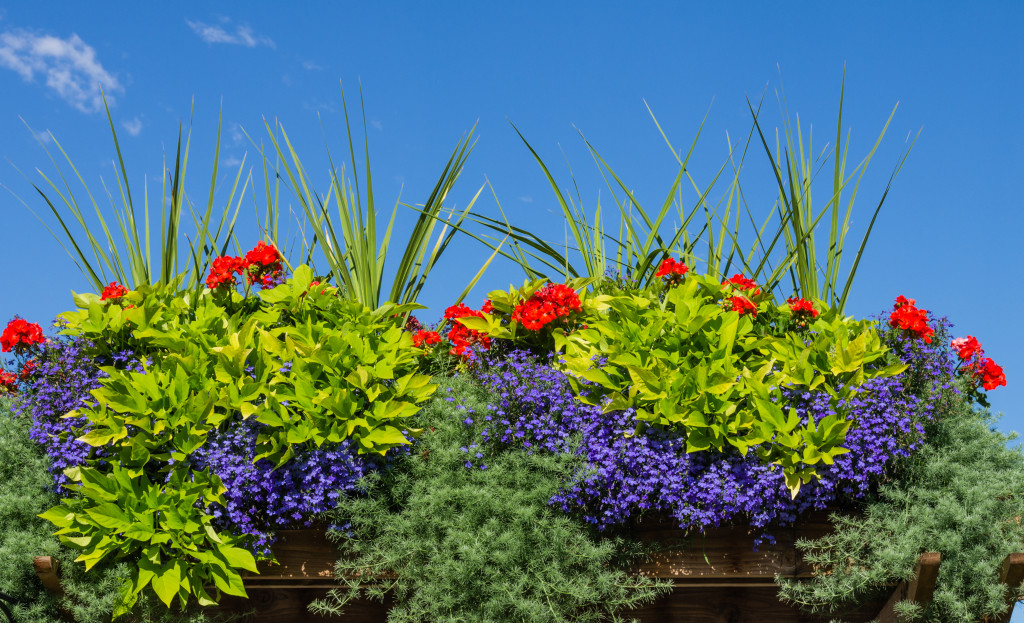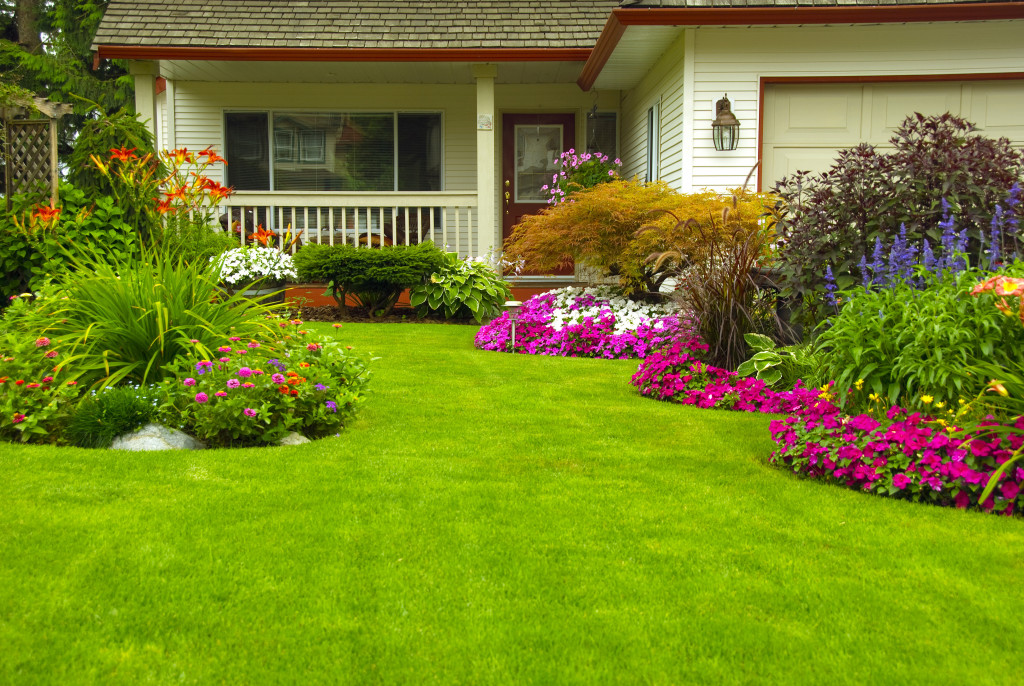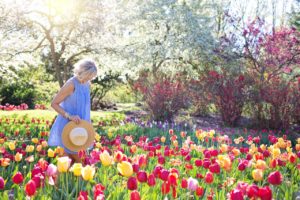- Understand your yard’s topography, native plants, and lighting.
- Design for use with distinct zones for different activities.
- Create a focal point for the eye to rest upon so the design has structure and order.
- Mix and match different types of plants, sizes, colors, textures, and forms.
- Consider tree management, including pruning or thinning for health and growth.
Creating a beautiful and functional outdoor space is more than just planting trees and setting up a patio. Landscape design involves a harmonious blend of art and science, aesthetics, and functionality. It takes careful planning, creativity, and an eye for detail. This guide will guide you through five key tips for improving your landscape design.
1. Understand Your Yard
The first step to a great landscape design is thoroughly understanding your yard.
Look at the topography of your yard and note the native plants that thrive there. Pay attention to how the sunlight moves across your yard, as this will affect what kind of plants you can grow and where they should be placed.
Consider the type of soil in your yard and its water drainage capacity. Also, understand your climate zone. These factors will help determine which plants will thrive in your yard and which won’t, preventing future disappointments.
2. Design for Use

A well-designed landscape is not just beautiful to look at but also functional.
Think about how you and your family want to use your outdoor space. Do you need a play area for children or pets? A patio for outdoor dining? Or maybe a quiet corner for relaxation?
Once you have a clear idea of how to use your yard, create zones for different activities. Make sure these zones are well-integrated into the overall design. Remember the traffic flow to and from these areas to ensure ease of movement.
Here are tips to have a well-designed landscape:
Incorporate Elements of Interest
Add elements of interest to your landscape design to make it more dynamic and engaging. This could be anything from a water feature like a small pond or a fountain to a sculpture or trellis. These elements create focal points that draw the eye and help break up large open spaces. They also provide the opportunity to introduce different materials and textures, enhancing the overall aesthetic appeal of your yard.
Plan for All Seasons
A successful landscape design looks good all year round, not just in spring and summer. Choose various plants that bloom at different times of the year to ensure there’s always something interesting. Incorporate elements like evergreen trees and bushes for winter interest. Remember to consider the colors of fall foliage and the structure of bare trees in your design.
Prioritize Sustainability
Aim for a sustainable landscape design that is environmentally friendly and easy to maintain. This might involve using native plants, minimizing lawn areas, implementing water-saving irrigation systems, or using recycled or sustainable materials for hardscapes. A sustainable landscape not only helps the environment but can also reduce maintenance efforts and costs in the long term.
Consult a Professional
While do-it-yourself landscape design can be a rewarding project, don’t hesitate to consult a professional if needed. Landscape architects and designers can provide valuable guidance and innovative ideas you might not have considered. They can help you avoid common pitfalls and ensure the final result is beautiful and functional.
3. Create a Focal Point
Like any art form, a focal point is essential in landscape design.
A focal point draws the eye and gives it a place to rest. It can be anything from a stunning tree or a sculpture to a series of shrubs. It gives your landscape design structure and order.
However, be careful not to create too many focal points, making your design look cluttered and confusing. Aim for one main focal point and a few secondary ones for the best effect.
4. Mix and Match

Variety is the spice of life, and the same goes for landscape design.
Mix and match different types of plants in terms of size and color for a more dynamic look. Use plants of different heights to create layers and depth. Combine different textures and forms to create contrast and interest.
However, while variety is good, too much can lead to a chaotic look. So, strive for a balance between unity and variety. Use repetition to create a sense of harmony and cohesion.
5. Consider Tree Management
Regular tree management is an essential part of landscape design. Trees add visual interest to the space and provide shade, a windbreak, and privacy. Regular care, such as pruning or thinning, should be taken to ensure their health and continued growth.
Utilizing tree thinning services can help you identify which trees need to be trimmed or removed to maintain a healthy, beautiful landscape. Professionals will also be able to advise you on the best way to prune and maintain your trees, helping them reach their full potential.
In Summary
Improving your landscape design involves understanding your yard, designing for use, creating a focal point, adding variety, and maintaining trees through services like tree thinning. Each element adds to the overall harmony of the space, making it not just visually appealing but also a functional haven that you and your family can enjoy.



















